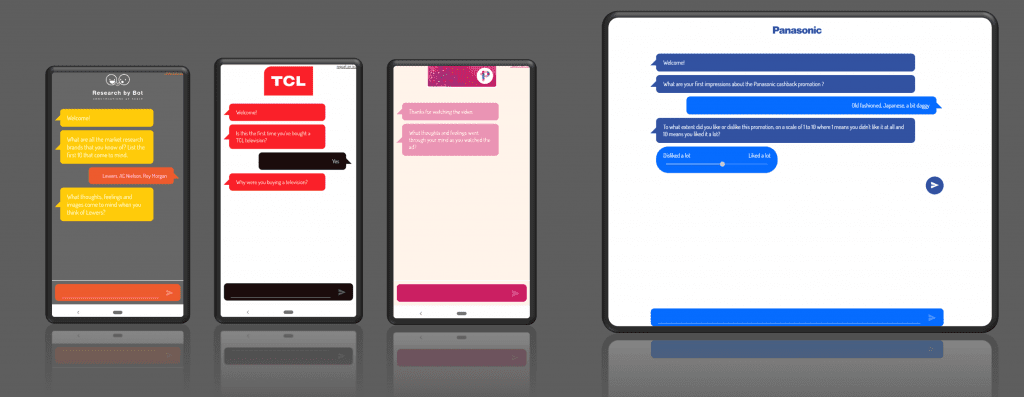You have customers, and visitors to a website, and you’d like to ask them questions. Perhaps you are wanting to profile them, or understand what they are hoping to find on the website. You may be looking to understand the user journey and what role your website plays in that. Perhaps you want to understand how they view your brand, or what other brands are on their competitive set. The obvious solution is to run a survey.
The difficulty is that people are not visiting your website in order to take a survey. They have come for another purpose and so getting them to take a survey whilst they are there is always going to be a difficult ask. There is cognitive dissonance that you need to overcome. But if you can do this, the rewards are immense because the insight that comes from actual customers in the moment is far more reliable than the claimed and recalled behaviour that can be captured by going to a market research panel.
The key is to remove as many of the barriers to completing a survey as possible. Let’s take a look at the things you can do to overcome the barriers to taking a survey and achieving a good representative sample size:
1. Keep them on the same page
Asking someone to take a survey by leaving your site creates a tension for you as well as for your customer. From your perspective, a lot of time, money, and effort has gone into getting them to your site. Whether they are there to buy or to research the aim is to draw them closer, not to push them off to an unknown site to take a survey. Embed the survey into your site for a seamless experience, like this example. Try it for yourself. Notice how you can see what’s there and take the survey and then keep reading down the page?
2. Make it engaging
Surveys have a bad reputation for being boring and they needn’t be. Make sure that whoever is designing the questions has a good understanding of market research and consumer behaviour and can ask a mix of open and closed questions in a conversational way. Chat-based surveys are a great way to do this, things like sliders and videos can also help with engagement.
3. Keep it short
Nothing superfluous, no ‘nice-to-know’ or ‘we-might-need-to-know-this-later’ type questions. The key is to ask only what you don’t already know and this means inferring some knowledge based on where a visitor is on the site, what they have just been engaging with. As a general rule of thumb, keep it to under 10 questions and don’t under-estimate the power of what you can gain from even one carefully designed question. If you need something longer, consider an incentive (see tip 5) and be upfront about how long it will take.
4. Reflect your brand and your website in your survey
Your survey should feel like an extension of the brand in terms of tone, language, and livery. Here are some examples of how we reflect different brands through the front-end of our chats. Again it comes back to offering a seamless experience so that your customer isn’t ever thinking, ‘hang on a minute, who am I talking to and why are they asking this?’

5. Consider incentives
By all means, start without an incentive: this keeps costs low and allows you to tap into a customer’s intrinsic desire to be heard more than their desire to be paid or earn a reward. However, in most cases, you will get much higher response rates if you offer an incentive. This could be a prize draw or a discount code sent on completion. You could even test different kinds of intrinsic and extrinsic rewards through A-B testing. We’ve shown this below as a button, but it could also be done through the chat introduction.
6. Avoid asking personal or identifiable information
The gold standard for honest feedback is to offer annonymity. People are much more likely to share if they don’t have any lingering suspicion about their privacy or even concern that they may offend. Don’t ask for their name or contact details unless you absolutely need to for incentives. Many times you can automate sending through a discount code or voucher on completion without having to get their name.


